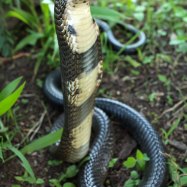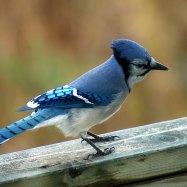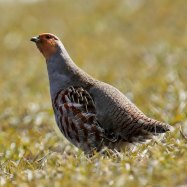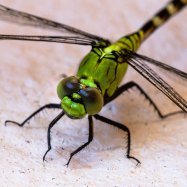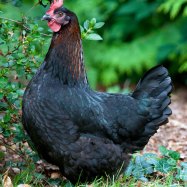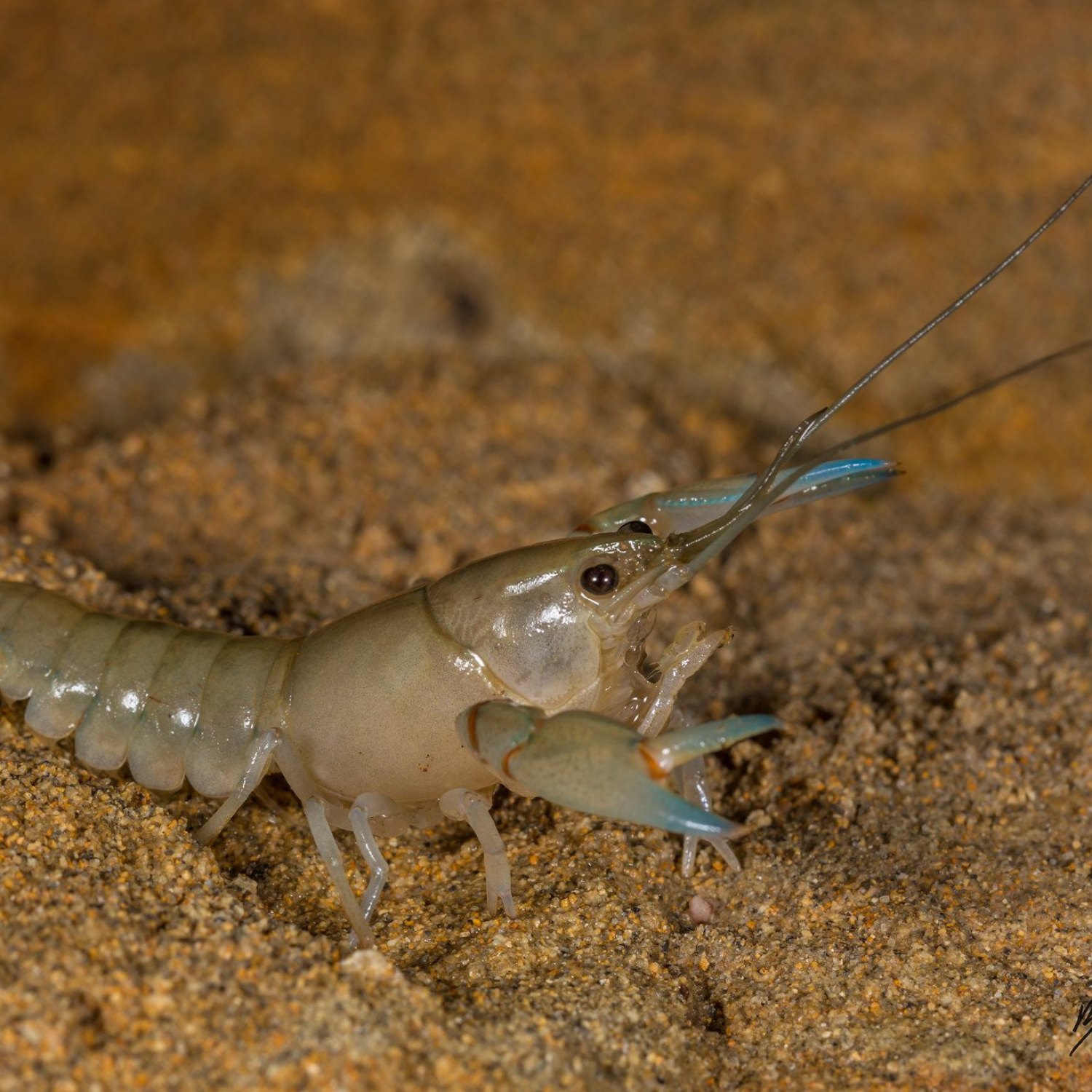
Yabby
Up to 20 centimeters
Did you know that Yabby, also known as crayfish, is a small but mighty creature found in streams, rivers, lakes, and farm dams? These crustaceans belong to the Parastacidae family and can grow up to 20 centimeters in length. Keep an eye out for these fascinating creatures on your next outdoor adventure! #Yabby #Crayfish #Parastacidae #Streamlife #Rivers #Lakes #Farmdams #Wildlife #Outdooradventure
Animal Details Summary:
Common Name: Yabby
Kingdom: Animalia
Habitat: Freshwater
The Fascinating World of Yabbies: Australia's Native Crustacean
Australia is home to some of the most unique and diverse animal species in the world. From kangaroos to koalas, the land down under is known for its iconic wildlife. But have you ever heard of a yabby? This small but fascinating crustacean is native to Australia and can be found in streams, rivers, lakes, and farm dams throughout the country. Let's dive into the world of yabbies and learn more about these interesting creatures Yabby.The Basics of Yabbies
Yabbies, scientifically known as Cherax destructor, are a type of freshwater crayfish that belong to the Parastacidae family. These small crustaceans can grow up to 20 centimeters in length and have a crayfish-like body shape. They are typically dark brown or greenish-brown in color, allowing them to blend in with their natural habitat.Being crustaceans, yabbies have a hard exoskeleton that protects their soft internal body parts. They belong to the Phylum Arthropoda, meaning they have jointed legs and segmented bodies. Yabbies also fall under the class Malacostraca, which includes other crustaceans like crabs and shrimps.
Habitat and Distribution
Yabbies are native to Australia and can only be found in this part of the world. They are especially prevalent in the country's eastern and southern regions. These crustaceans are highly adaptable and can thrive in a variety of freshwater habitats, including streams, rivers, lakes, and farm dams Yellow Spotted Lizard.One of the reasons yabbies are so well adapted to life in freshwater is due to their ability to extract oxygen from the water through their gills. They are also able to burrow underground or hide under rocks to stay protected from predators. In fact, yabbies are known to be quite territorial, and they fiercely defend their burrows from other yabbies.
Feeding Behavior
Yabbies are omnivorous, meaning they eat both plants and animals. They are opportunistic feeders, which means they will eat whatever is available to them. As predators, they primarily feed on small insects, fish, worms, and snails. Yabbies will also consume dead animals or plants, making them an essential part of the ecosystem's natural recycling process.In captivity, yabbies are popular among aquatic hobbyists as they are considered excellent scavengers. They are known to help keep fish tanks and ponds clean by feeding on leftover food and debris.
The Importance of Yabbies
Aside from being a crucial part of the freshwater ecosystem, yabbies also play a significant role in scientific research. Due to their unique biology and behavior, these crustaceans are often studied to understand their interactions with other species and their environment.Yabbies also have an important economic value in Australia. They are considered one of the country's top aquaculture products, with demand for them steadily increasing. In fact, Australia is known as the world's largest producer of yabbies, with an estimated 1.5 million kilograms harvested every year.
Protecting the Yabby Population
Unfortunately, like many other animal species in Australia, yabbies face threats to their survival. Human interference and environmental changes have significantly impacted their population in recent years. The introduction of non-native fish species can also disrupt their natural habitat and affect their food sources.To protect the yabby population, there are regulations in place for commercial harvesting and farming. In some areas, recreational fishing for yabbies is also allowed, but strict size and catch limits are enforced to prevent overfishing. Additionally, conservation efforts are being made to maintain and restore yabby habitat to ensure their long-term survival.
The Future of Yabbies
With proper conservation efforts, yabby populations are expected to remain stable in the coming years. Their role in aquatic ecosystems is crucial, and their economic value is only expected to increase.But what does the future hold for these fascinating crustaceans? With advancements in technology and scientific research, there is potential for further discoveries about these creatures. Perhaps we will continue to uncover their behaviors and adaptations, or even find ways to utilize and protect them in different industries.
Discover the World of Yabbies
From their unique biology and feeding habits to their crucial role in the ecosystem, yabbies are truly fascinating creatures. Not only do they add to the already diverse and vibrant animal kingdom in Australia, but they also play an important economic and scientific role. Next time you come across a yabby, take a moment to appreciate this small, but mighty crustacean.

Yabby
Animal Details Yabby - Scientific Name: Cherax destructor
- Category: Animals Y
- Scientific Name: Cherax destructor
- Common Name: Yabby
- Kingdom: Animalia
- Phylum: Arthropoda
- Class: Malacostraca
- Order: Decapoda
- Family: Parastacidae
- Habitat: Freshwater
- Feeding Method: Omnivorous
- Geographical Distribution: Australia
- Country of Origin: Australia
- Location: Streams, rivers, lakes, and farm dams
- Animal Coloration: Dark brown, greenish-brown
- Body Shape: Crayfish-like
- Length: Up to 20 centimeters
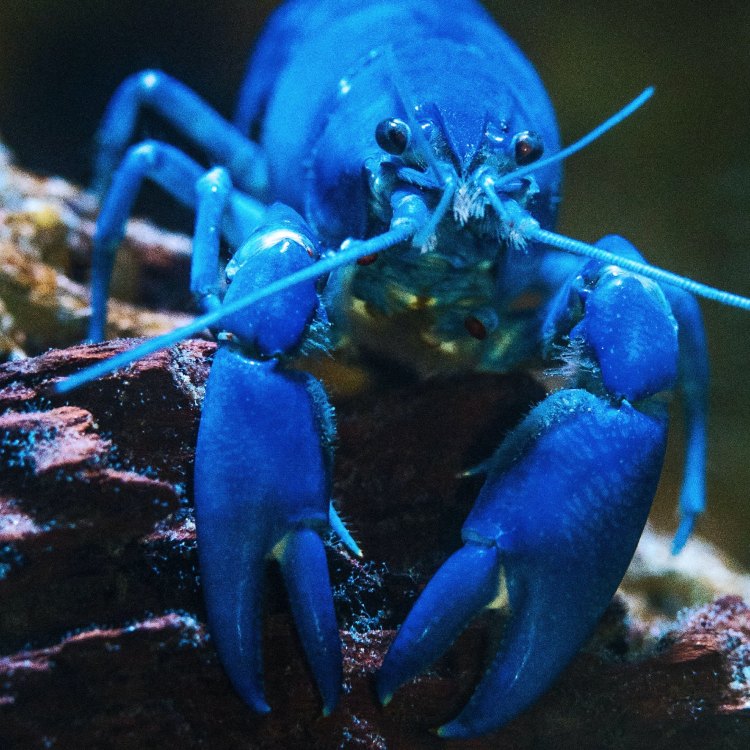
Yabby
- Adult Size: Up to 20 centimeters
- Average Lifespan: 5-10 years
- Reproduction: Sexual
- Reproductive Behavior: Females carry eggs and young on their abdomen
- Sound or Call: None
- Migration Pattern: None
- Social Groups: Solitary
- Behavior: Nocturnal
- Threats: Habitat loss, pollution, introduced predators
- Conservation Status: Least Concern
- Impact on Ecosystem: Important for nutrient cycling in freshwater ecosystems
- Human Use: Fishing, aquaculture, pet trade
- Distinctive Features: Large claws, colorful
- Interesting Facts: Yabbies are endemic to Australia and are widely harvested for human consumption.
- Predator: Fish, birds, turtles, otters
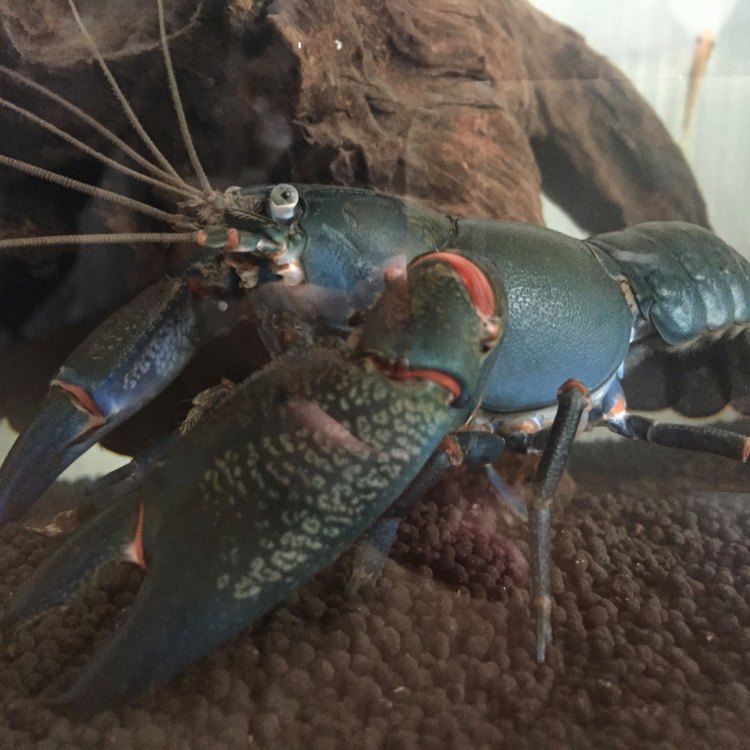
Cherax destructor
The Fascinating World of Yabbies: A Unique Species Found Only in Australia
Australia is home to some of the most unique and fascinating creatures in the world, but one species that often goes overlooked is the yabby. These freshwater crustaceans may not be as well-known as kangaroos or koalas, but they have some amazing features and behaviors that make them stand out from other animals.From their incredible reproduction methods to their important role in freshwater ecosystems, yabbies are a species that deserves our attention. In this article, we will dive deep into the world of yabbies and uncover just what makes them so intriguing PeaceOfAnimals.Com.
The Basics: Size, Lifespan, and Reproduction
Yabbies are a close relative of the common crayfish, and they can grow up to 20 centimeters in size as adults. This makes them one of the largest freshwater crustaceans in Australia. They have a relatively long lifespan for a small animal, with an average lifespan of 5-10 years.One of the most unique and interesting features of yabbies is their reproductive behavior. Unlike many other crustaceans, yabbies reproduce sexually rather than asexually. Females carry the eggs and young on their abdomen until they hatch, much like seahorses, making them excellent mothers.
Social Behavior and Migration Patterns
Yabbies are solitary creatures, meaning they prefer to live and hunt alone. They are most active at night, making them nocturnal animals. During the day, they will often hide in burrows or under rocks to avoid predators Yellow Cobra.Unlike many other animals, yabbies do not migrate. They are generally found in the same body of water throughout their entire lifespan. This is because they are highly territorial and will defend their home against other yabbies.
Threats and Conservation Status
Unfortunately, like many other species, yabbies are facing threats to their survival. Habitat loss, pollution, and the introduction of predators are all major threats to their population. Yabbies are also affected by climate change, as they need clean and cool water to survive.Thankfully, the conservation status of yabbies is currently listed as "Least Concern" on the IUCN Red List. However, it is still important to address these threats to ensure the long-term survival of this species.
Role in the Ecosystem
Yabbies play a crucial role in the freshwater ecosystems where they live. As omnivores, they feed on a variety of plants, insects, and small animals. This makes them important for nutrient cycling in their habitats, keeping the ecosystem in balance.In addition, yabbies are prey for many other animals, such as fish, birds, turtles, and otters. Their contribution to the food chain is essential for maintaining a healthy ecosystem. Without yabbies, the entire food chain could be disrupted.
Human Use and Distinctive Features
Yabbies may not be as well-known as other animals, but they are still an important species for humans. They are often harvested for food, with their meat being a delicacy in Australia. Yabbies are also used in aquaculture, where they are farmed for commercial purposes.In addition to their importance in the food industry, yabbies are also popular as pets. Their distinct appearance, with large claws and colorful bodies, makes them an interesting addition to an aquarium or pond.
Interesting Facts about Yabbies
- Yabbies are endemic to Australia, which means they are found nowhere else in the world.- They are part of the spiny lobster family, but they do not have the characteristic spines on their shells.
- Yabbies are not actually lobsters, but they are closely related to them.
- Australian aboriginals have been eating yabbies for thousands of years, often using them as a food source during droughts.
- The name "yabby" comes from the indigenous Australian word "yabijin," meaning "land crayfish."
The Predator-Prey Relationship
As with any other animal, yabbies have their fair share of predators. As mentioned earlier, they are prey for a variety of animals, including fish, birds, and otters. To protect themselves from these predators, yabbies have a series of defense mechanisms.Their first line of defense is their speed. Yabbies are excellent swimmers and can quickly dart away from danger. They also have a hard shell, which protects them from attacks. If their shell is damaged, yabbies can regenerate it, although it may take a few molts to do so.
In addition, yabbies also have the ability to escape from predators with their large claws. These claws are not only used for defense but also for hunting and feeding. They are powerful enough to crack open shells and crunch through plant material.
The Future of Yabbies
Yabbies are a species that is both important and unique, and it is our responsibility to protect them for future generations. By understanding their behavior, threats, and role in the ecosystem, we can take steps towards conservation.Reducing pollution and preserving their habitats are crucial for the survival of yabbies. Avoiding the introduction of predators into their habitats is also essential. As individuals, we can also help by supporting sustainable fishing practices and not keeping yabbies as pets without proper knowledge and care.
In Conclusion
Yabbies may not be as well-known as other Australian animals, but they possess some amazing features and behaviors that make them an intriguing species. Their unique reproductive behavior, solitary nature, and important role in freshwater ecosystems make them an essential part of Australia's biodiversity.As we continue to learn more about yabbies and their relationship with the environment, we can take steps towards protecting them and ensuring their survival for generations to come. So next time you see a yabby, take a moment to appreciate and admire this fascinating and underrated creature.
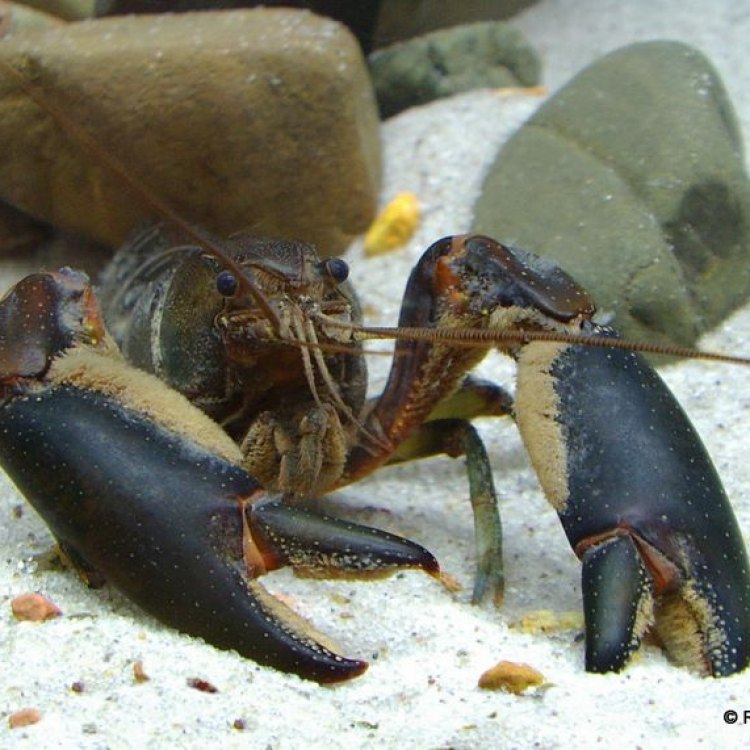
The Fascinating World of Yabbies: Australia's Native Crustacean
Disclaimer: The content provided is for informational purposes only. We cannot guarantee the accuracy of the information on this page 100%. All information provided here may change without prior notice.

